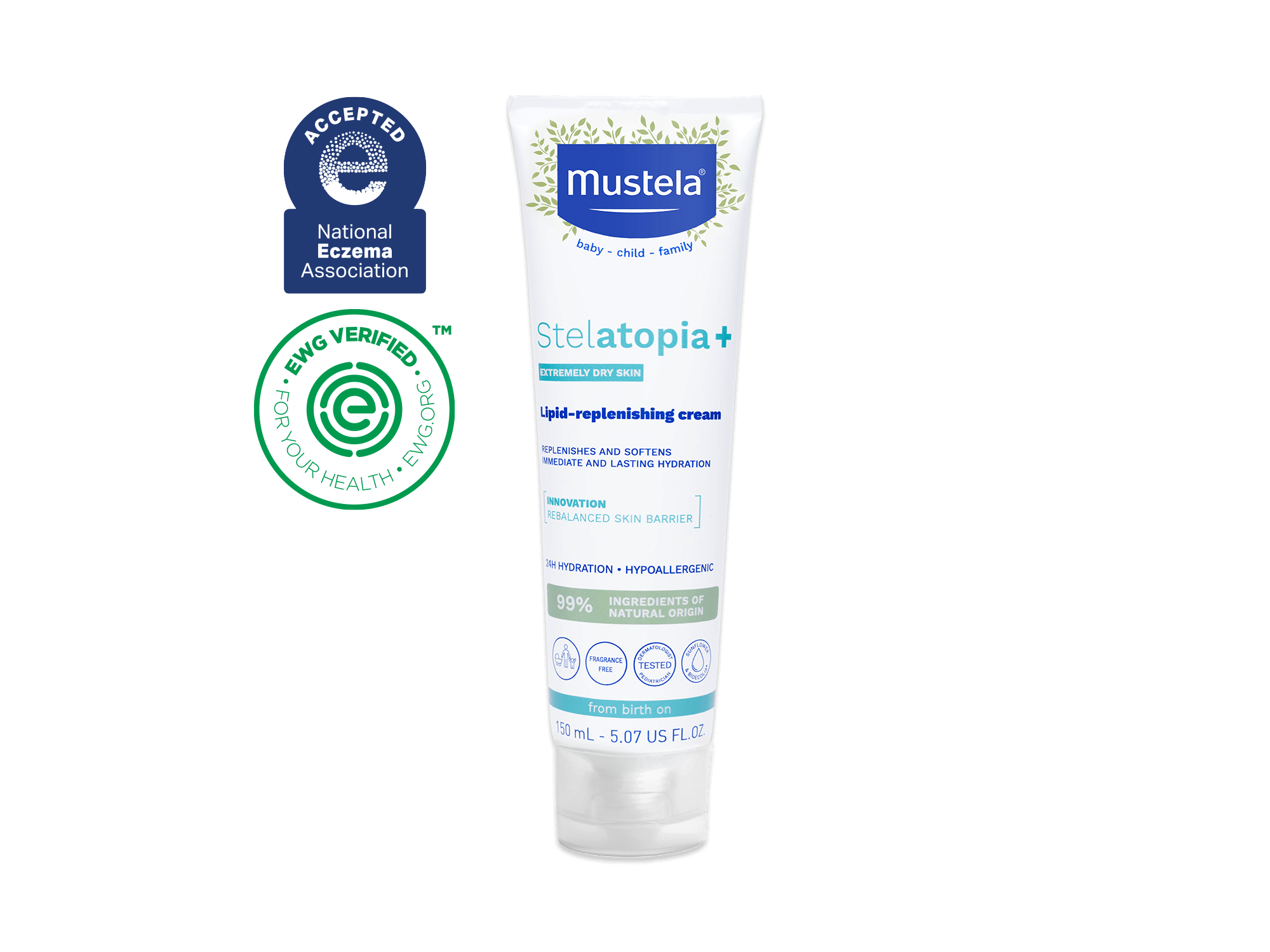It’s not unusual for new parents to worry whether their baby is getting enough food. To make sure you’ve got your little one on the right track at mealtime, make a 9 month old feeding schedule.
In this article, we’ll walk through the timing, frequency, and amounts of solids and liquids as a general guide. Although following baby’s cues is the best approach, a schedule can help give you comfort that your little one’s getting all the nutrients they need! Bon Appetit!
Table Of Contents
- 9 Month Old Baby Nutrition
- 9 Month Old Feeding Schedule: What’s Included
- 9 Month Old Feeding Schedule: How Often
- Sample 9 Month Old Feeding Schedule
- Feeding Tips For Baby
9 Month Old Baby Nutrition
At nine months, milk is still the mainstay of your baby’s diet. Breastfeeding or formula-feeding gives them most of their nutrients, but by this age, you can start mixing things up a little bit by adding solids to the menu. Healthy solid foods provide a hearty complement to their liquid diet.
Although you don’t have to spend a lot of time counting calories, a good rule of thumb is that an infant needs about 750-900 calories a day. Of that amount, 400-500 come from milk.
When it comes to solid foods, at nine months, the name of the game is to expose your baby to as many different types of healthy foods as possible. It’s the perfect time to rotate a “best of” mix of fruits and vegetables in different textures.
Proteins like meat, tofu, lentils, and fish are also great sources of nutrition, as well as yogurts, cereals, and soft carbohydrates like pasta or potato. Start with a little at a time and keep building baby’s food repertoire.
9 Month Old Feeding Schedule: What’s Included
Now let’s delve deeper into the various components of a 9 month old feeding schedule.

Breast Milk Or Formula
As we mentioned, milk is the mainstay. So, as you’re making your schedule, you’re going to start there. Breast milk or formula provides most of your little one’s nutrition at this age and allows you to spend time bonding with them.
Solid Foods
From six months, babies can start eating solid foods. This means by nine months, they’re pretty comfortable with their expanded menu.
There are different approaches to how to serve solids, from purees to baby-led weaning, where baby eats the solid food (usually diced in small pieces) and self-feeds. Whatever approach you choose, you’ll want to mix up what you serve.
Here are some foods you might want to include:
- Single-grain infant cereal
- Fruits like bananas, watermelon, strawberries, and avocados. You can dice or puree, just make sure it’s soft and easy to eat.
- Vegetables like broccoli, sweet potatoes, green beans, or carrots. It’s best to cook them and puree or dice so they’re nice and soft.
- Shredded meat, low mercury fish, egg, yogurt, tofu, or plant-based proteins
- Simple carbs like pasta, bread, or potatoes
In addition, consider adding in foods with vitamin D, which is crucial for bone health. And introduce healthy fats like olive oil and omega-3 fatty acids that are important for your baby’s brain development, eye health, and immune system.
Snacks
At 9 months, formal meals and milk feedings are good, but they might not tide them over completely.
Adding snacks into the mix allows your baby to always feel comfortable, makes overeating less likely, and keeps energy steady. Try to stick to things that have good nutritional value.
9 Month Old Feeding Schedule: How Often
When feeding a 9 month old, listen to their cues. They will tell you when they’re hungry, and they’ll also tell you when they’re full.
Your feeding schedule is just meant to give you a general idea of how often you want to serve the various components of their meals (milk, solids, and snacks) so you can keep track of the nutrients your little one is getting.
Milk
The American Academy of Pediatrics and La Leche League recommend up to eight ounces every four to five hours for breast milk or seven to eight ounces every five to six hours for formula.
Consider starting the morning off with some milk and then toggling between milk and solids as the day progresses. Our sample schedule below should help with this.
Solid Foods
You’ll want to serve solid food meals two times per day. It’s best to plan these at family mealtimes.
Snack Foods
Besides the milk and family mealtimes, the AAP recommends two to three healthy and nutritious snacks. Finger foods are fine, but make sure what you choose has nutritional value. It’s best to have one of those snacks be a fruit or veggie!
Sample 9 Month Old Feeding Schedule

Between nap times, bath times, and feeding times, your baby is pretty busy throughout the day. This 9 month old feeding schedule is based on AAP recommendations and will give you an idea of how to shape your little one’s meals.
Breakfast
Liquids
- Breast milk or 4-6 ounces of formula
Solids
- 2-4 ounces of cereal or one scrambled egg
- 2-4 ounces of pureed or diced fruit
Snack
Liquids
- Breast milk or 4-6 ounces of formula
Solids
- 2-4 ounces of cheese or pureed or diced vegetables like carrots or broccoli
Lunch
Liquids
Breast milk or 4-6 ounces of formula
Solids
- 2-4 ounces of yogurt, cottage cheese, pureed beans, or ground meat
- 2-4 ounces of pureed or diced carrots, yellow peppers, or sweet potatoes.
Snack
Liquids
- 2-4 ounces of water
Solids
- 1 whole-grain cracker
- 2-3 ounces of soft fruit like bananas or mashed strawberries
Dinner
Liquids
Breast milk or 4-6 ounces of formula
Solids
2-4 ounces of protein like diced chicken, meat, tofu, or fish
2-4 ounces of cooked or pureed green beans, zucchini, or other green vegetable
2-4 ounces of whole-grain pasta or mashed potatoes
2-4 ounces of pureed fruit like soft pears or cantaloupe
Before Bed
Liquids
- Breast milk or 6-8 ounces of formula. Be sure to brush baby’s teeth afterward!
Feeding Tips For Baby

Here are some things to consider for your 9 month old feeding schedule to get the most out of mealtime!
Understand Feeding Cues
Crying is a late feeding cue, so you’ll want to learn what your baby does when they’re hungry to get ahead of it.
They might open their mouth, get excited, or point to something they want. If they turn their head or push the food away, they’re most likely full. A schedule is a good assist, but your baby knows their body best.
Start Small
When trying something new, start small. This way, you can watch for signs that your little one is still hungry or full and continue feeding them accordingly.
Introduce Different Things
To avoid a picky eater, you’ll want to give a lot of different solid foods with different textures and even spices. This expands their palette from an early age!
Keep in mind as you’re introducing new foods that you may have to introduce them more than once. Sometimes, it takes some time for your little one to like something.
Pro Tip: Introduce only one new food at a time to make sure your little one’s body can process it well.
Don’t Give Sugary Drinks Yet
It’s recommended that babies drink breast milk or formula for the first year, so hold off on the sugary juices until your baby is a toddler.
Have Meals Together
As we mentioned, baby see, baby do.
When it’s mealtime, pull your little one up to the dinner table and share the meal together. The AAP notes that babies and toddlers are more likely to eat foods that they see mom, dad, siblings, or friends eating.
Pay Attention To Diapers
To know if your baby is eating enough, pay attention to their diaper. You’ll want to see four to six wet diapers a day and regular bowel movements.
Pro Tip: We recommend using our Diaper Rash Cream 123 for a comfy bum.
Yummy In The Tummy!
We’ve given you the basics of what a 9 month old feeding schedule should look like. And we’ve also provided you with some feeding tips so that your baby’s more prone to good habits for years to come!
Remember your baby’s diaper is a good gauge for whether they’re eating enough — it’s literally the flip side of feeding. As you’re monitoring things, use our Liniment cleansing lotion to keep the diaper area comfy and clean or our No Rinse Cleansing Water for diaper changes on the go.
No matter how old your little one is, make Mustela an integral part of your baby’s daily routine with diaper creams, wipes, and lotions you need to care for their delicate skin.
With the right feeding schedule coupled with a great skin care regimen, your baby will be happy and healthy inside and out!

















